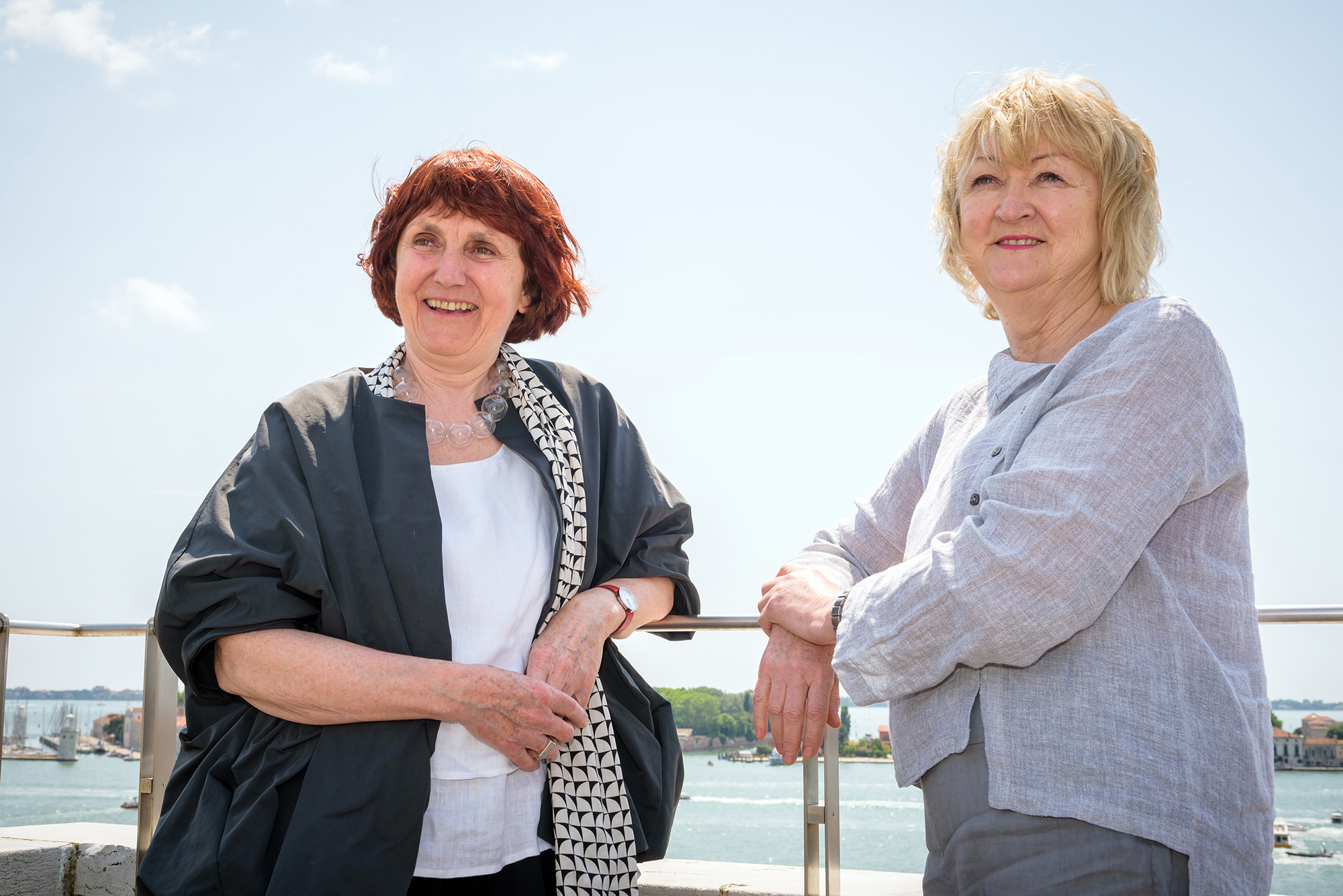
What Aldo Rossi gave to Grafton
How the brilliant Irish practice draw from one of the greats of yesteryear when creating buildings for the future
We've already taken a look at how the work of Le Corbusier influenced Shelley McNamara and Yvonne Farrell's Grafton Architects. As Robert Carter's new book on them reveals, Le Corbusier’s works were among the strongest influences on Farrell and McNamara and their fellow students, Shay Cleary and Tony Murphy, in the early 1970s, to the degree that they were referred to as ‘the Corb Squad’.
But paralleling this rediscovery of the work of modern architects such as Le Corbusier was their renewed interest in the existing or traditional city, influenced by the teachings of the British-born, American-naturalised architectural historian, critic, theoretician, and teacher Colin Rowe and the writings of Aldo Rossi, Italian architect and designer and the first Italian to receive the Pritzker Prize.
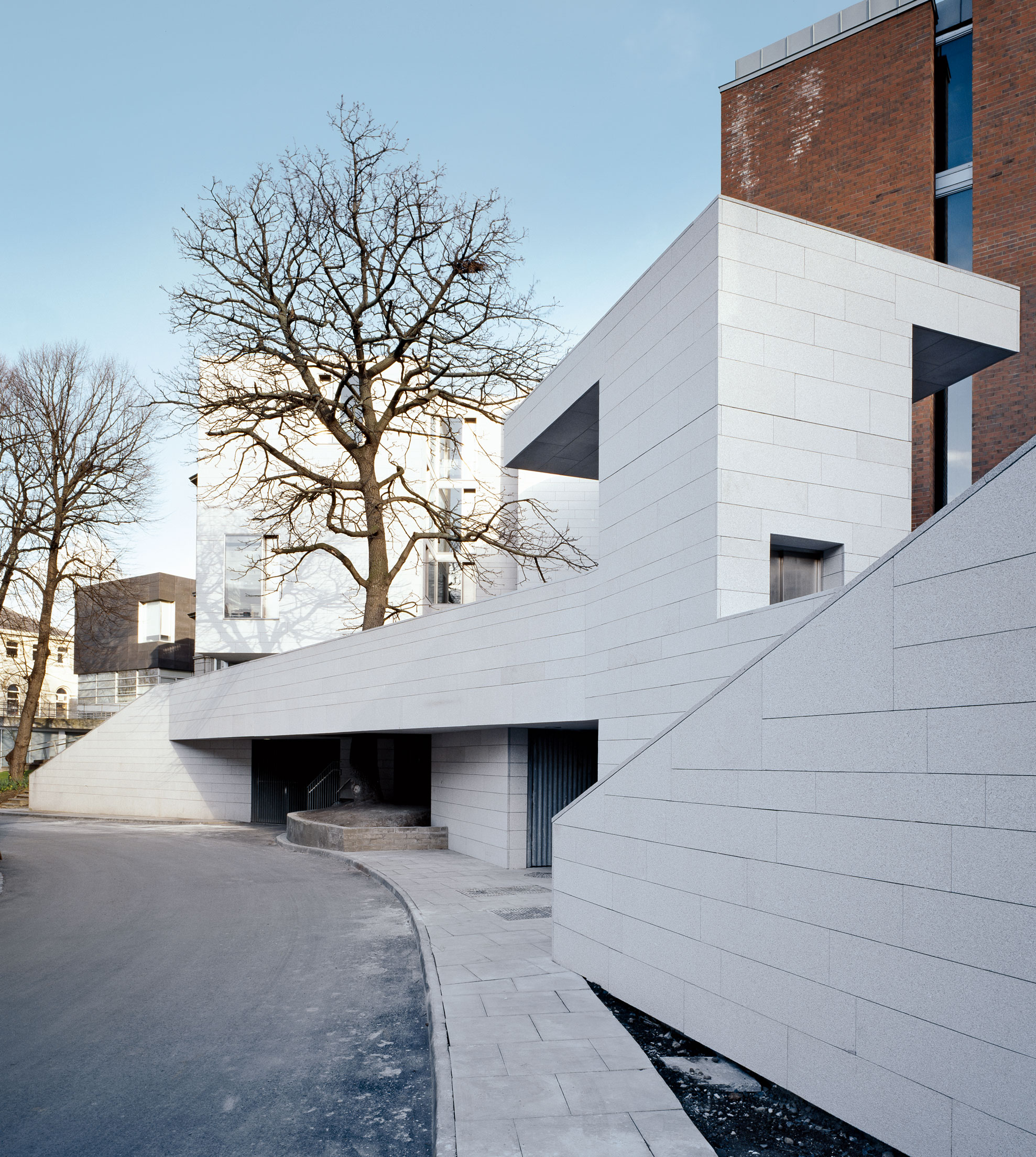
In Architecture of the City of 1966, Rossi argued that the city is composed of only two types of buildings, monuments and houses. Private houses are "the fabric of the city, while public monuments stand forth because they are exceptions to the consistent fabric" he argues.
Famously described by Pulitzer Prize winning architectural critic Ada Louise Huxtable, as a poet who happens to be an architect, Rossi and his followers in the Tendenza movement believed that any new buildings in existing cities "should emphasize the construction of precisely scaled and shaped exterior spaces of inhabitation – streets, plazas, courtyards – rather than freestanding buildings surrounded by undefined ‘empty’ space," McCarter writes.
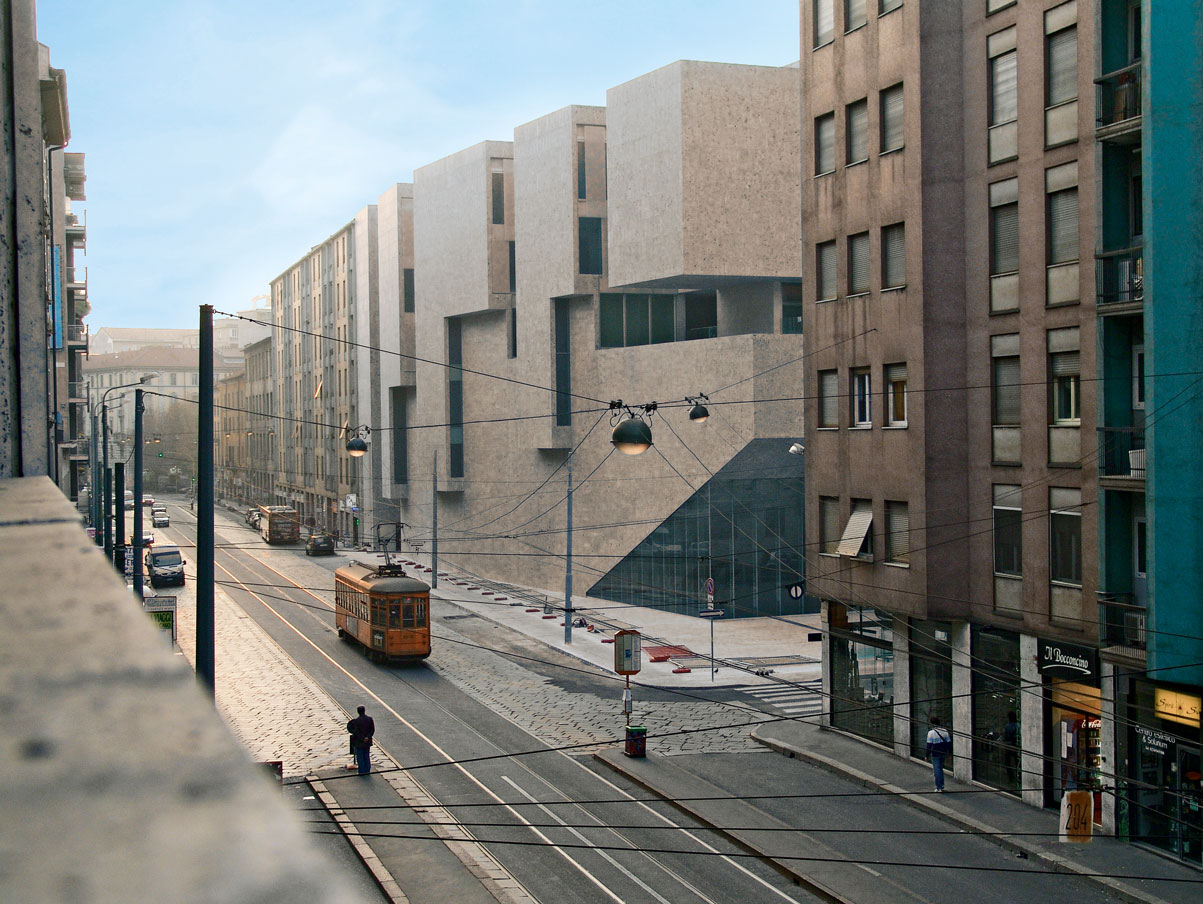
The international character of the Tendenza was made clear in the collective manifesto published in 1978 under the title, Rational Architecture: The Reconstruction of the European City. Rossi became extremely influential in the wake of its publication.
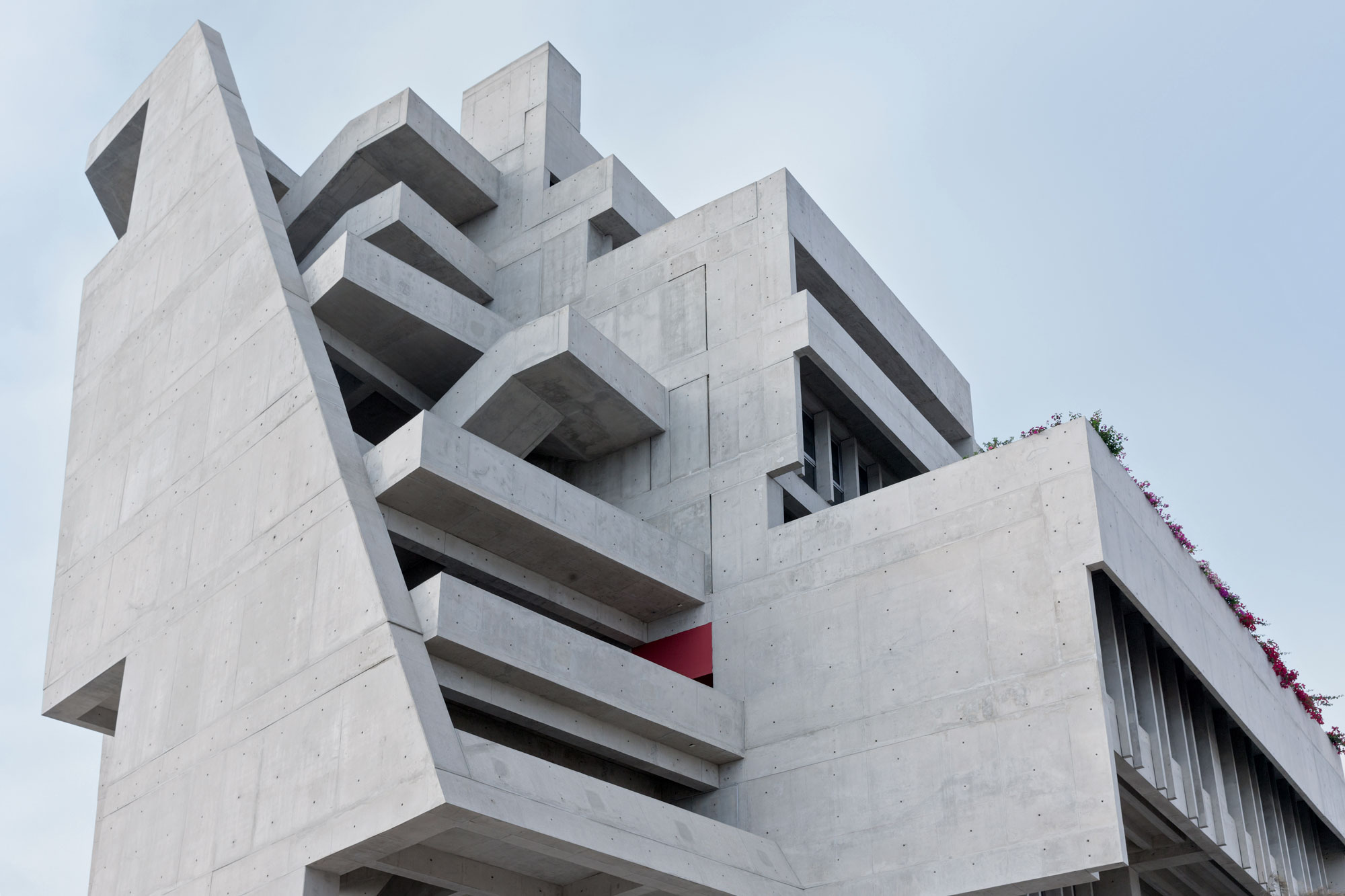
One can hardly overestimate the influence this renewed focus on the traditional city had on young architects then establishing their practices in Dublin, such as Grafton Architects. Rossi argued that a city must be studied and valued as something constructed over time; of particular interest are urban artifacts that withstand the passage of time.
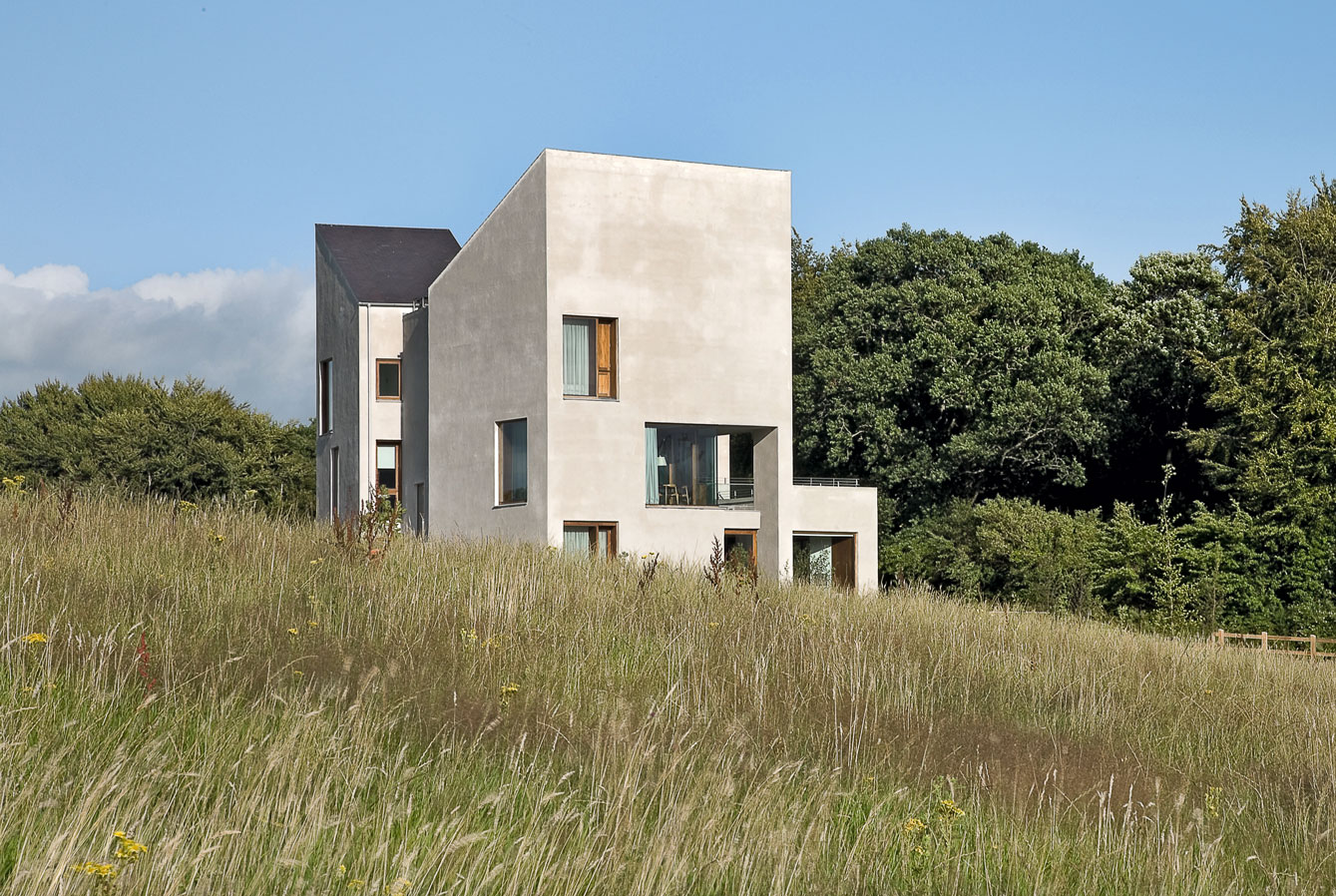
Rossi believed that the city remembers its past (our "collective memory"), and that we use that memory through monuments which give structure to the city, something that Grafton through their work across the big cities of the world, continually subscribe to.
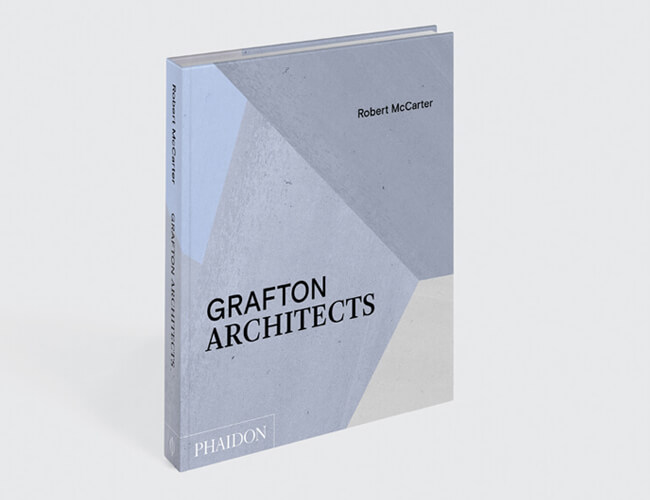
For more on Grafton's influences, outlook and creations, order a copy of our new book here.